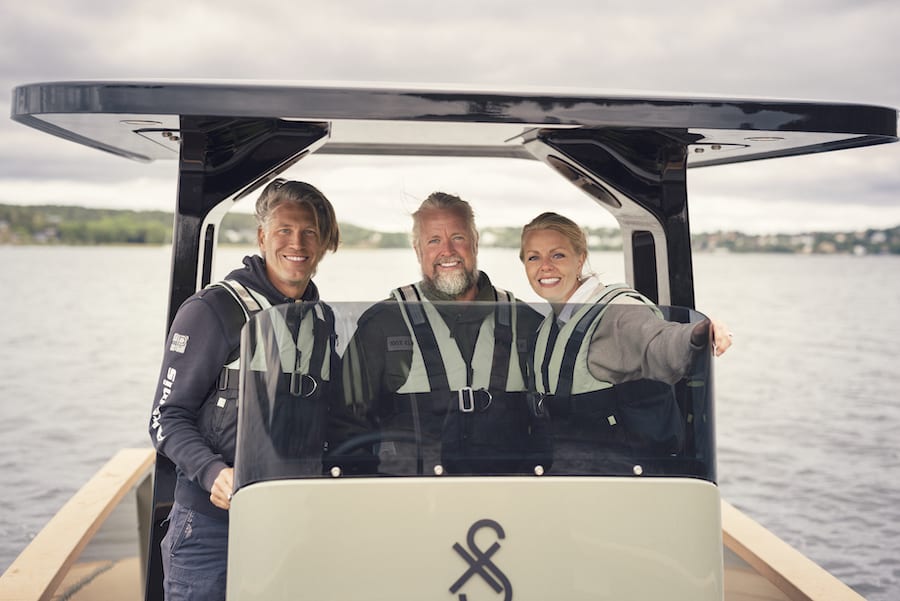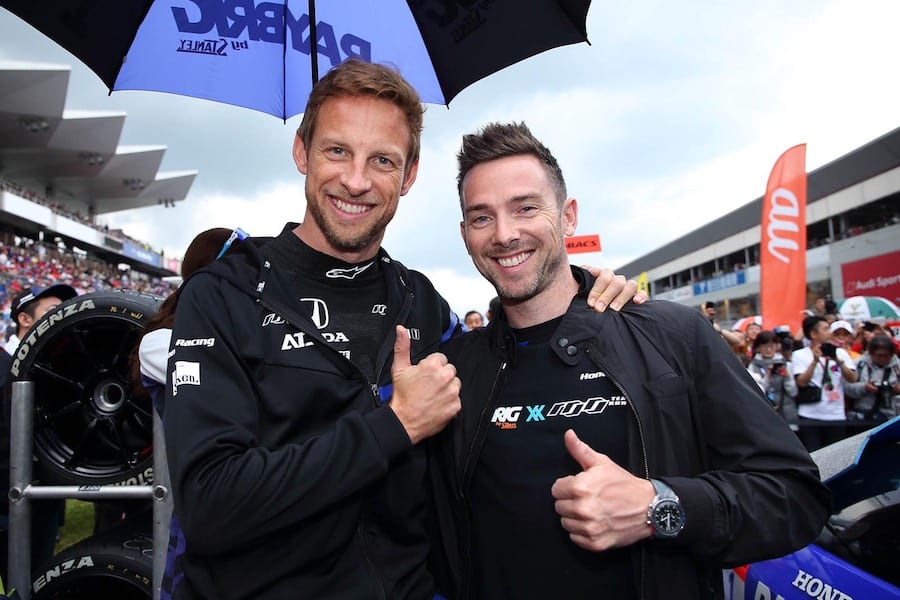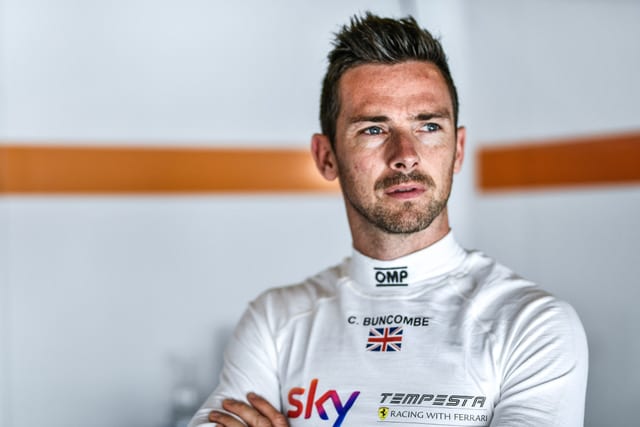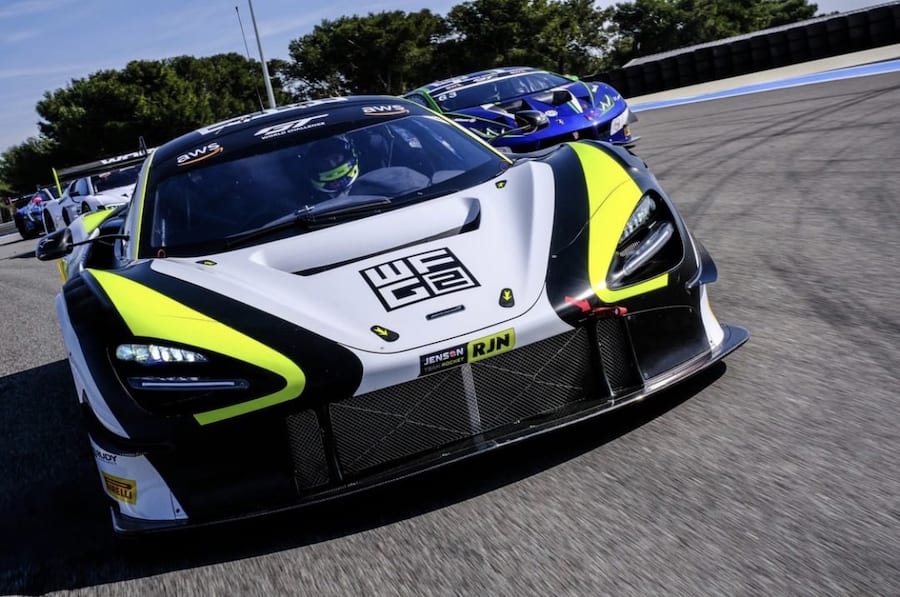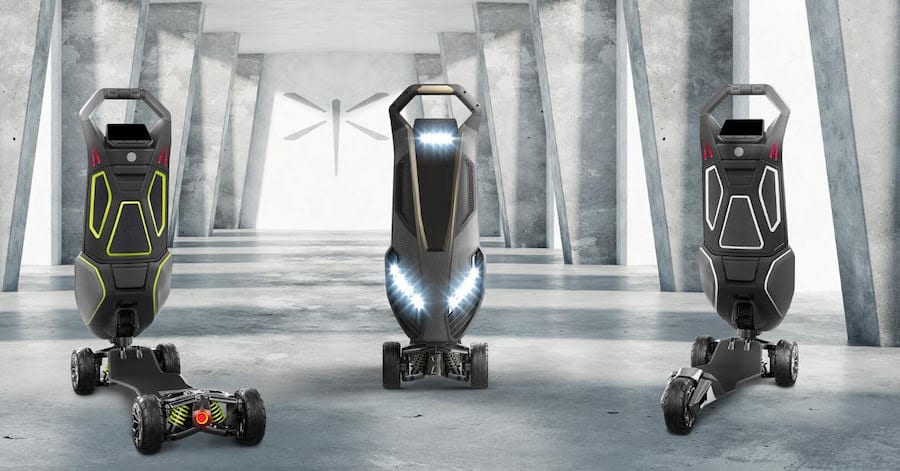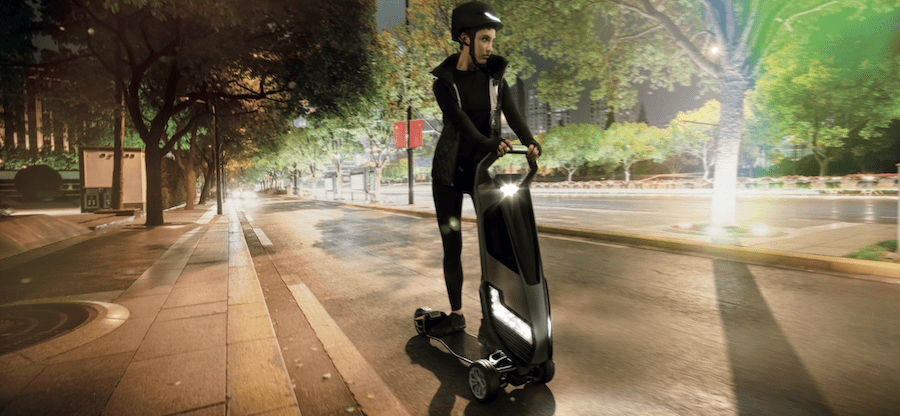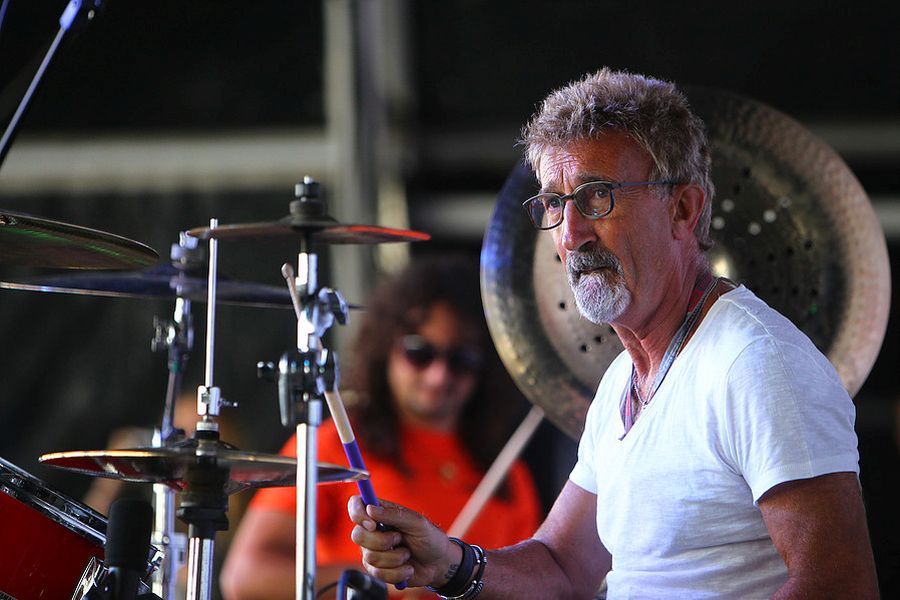Konrad Bergström is one of Sweden’s most prominent high-tech entrepreneurs. He had a “booming” career in sound-related products, creating, at the time, the fastest growing company in Sweden. Upon reaching the top, Konrad felt a strong compulsion to commit to a project that reconnected him to his passion since childhood: the sea.
Konrad registered the trademark X Shore for his electric boats in 1996, however, it took nearly 20 years before he felt the timing was right to fully focus on his idea – the ‘Tesla of the sea’: electric watercrafts.
Monaco Life: Konrad, tell us about your project and why Monaco is important to you?
Konrad Bergström: I have always had a passion for the sea as it was a big part of my childhood in a very natural way. So, one of the first things I wanted to buy with the money from my keystone phase was a boat. I couldn’t understand why boats were so expensive and how people that are passionate about the se, would pay that money for a loud, chunkily-designed, conventional motorboat, which is essentially like a lethal weapon towards our oceans and animal life. I knew that I wanted to create something that enabled people to feel closer to the benefits of being out on the water but without harming surrounding nature and the environment. Monegasque people’s lives are intrinsically linked to the harbour and coastline and I share their passion for mobilising ocean protection. I know the Monaco government and Prince Albert are active in marine conservation, so I am always drawn to Monaco to also assist where I can, with the likes of Monaco Ocean Week, marine biodiversity projects, etc.
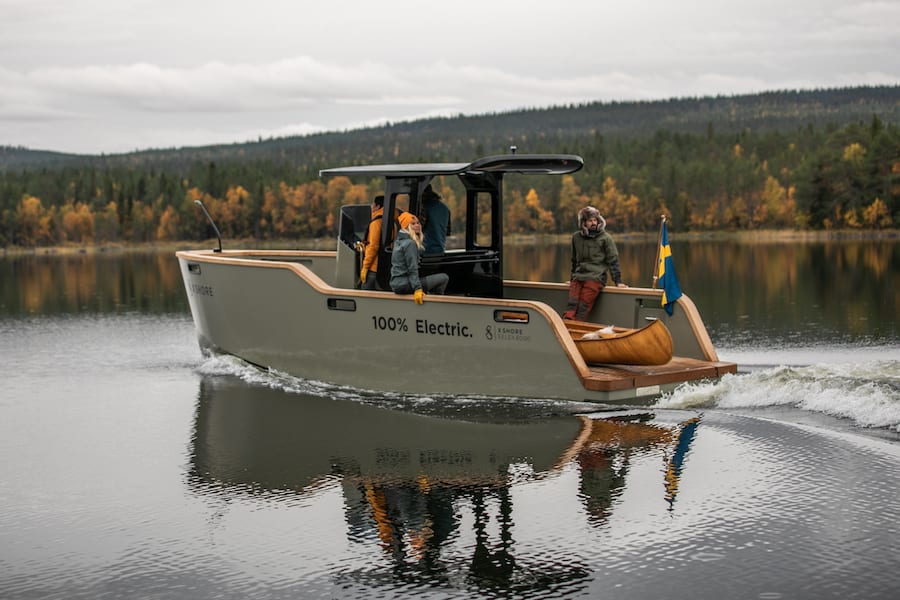
Let’s go back to what I call the cornerstone phase of a career – growing up and the defining moments in getting you to where you are today. Can yoy tell us more about your early years?
I was born into both a creative and maritime family. My father owned a surfboard shop and my mother was a theatre director. My grandfather was from a seafaring family and was a prolific innovator in medicine with over 200 patents. I have always felt compelled to create new products, to try to innovate and look to create new trends. Let’s be clear though, I don’t have a perfect record, I have had failures also – in my early career I found myself going from the cover of a business magazine to sleeping in my car. Learning from mistakes made along the way have been crucial in my development to become the entrepreneur that I am today.
Next is what I call your keystone phase – the time you make your mark, the ‘middle age’ where you make a dent in the world, create and achieve success. When did this happen?
I was working at a skateboarding fashion company and helped to create a line of fashionable headphones. It provided the spark for me to launch Zound Industries in 2008. Zound grew rapidly – for three consecutive years it was the fastest-growing Swedish firm. For the 10 years as president of Zound, I was very proud that the company sold 20 million products in 135 countries. I am happy that Zound is a leading international music hardware company at the forefront of fashion and technology. We created many popular brands such as Urbanears. One of our most successful partnerships was with the iconic brand Marshall, best known for their music amplifiers and speaker cabinets – we helped them corner a significant segment of the headphones market.
Now onto our focus, the Capstone phase. I like to look at what someone does after they’ve reached the top of their game, mastered their craft. What is next for you?
X Shore was bubbling away in my mind throughout the period of growth with Zound. But timing is everything and I was fully focused on creating great products with the likes of Marshall. Then as I saw what was happening in the automotive industry with Tesla, my idea started to feel more and more achievable. I started the process of X Shore in 2012 and the momentum started to really build from 2016. My time naturally came to an end at Zound in 2019 and so I was able to fully focus on X Shore. We are ready to ride the wave of electric battery technology and the green decade ahead. Now, with the recent launch of our first commercial model, Eelex 8000 2021 Edition, our full focus is on scaling X Shore and telling the world about electric boats. I have found a larger purpose to hopefully inspire and benefit many others.
It is interesting that you made a success out of products that amplify sound, and now you are focused on a project where the main feature is silence…
At X Shore, our core tag line is ‘The power of silence’. So yes, I was focused on people enjoying music through headphones and speakers but now I am looking to muffle sound and let people appreciate silence. It is magical to be out on a boat, cruising, and all you can hear is the waves. I want as many people as possible to appreciate and benefit from that. Once you experience the power of silence, you never go back. It is truly amazing. There are many benefits, from the mindfulness of being out on the water with peace and quiet to the lack of pollution from the boat.
Do you have a vision for X Shore in Monaco?
X Shore is a luxury product based on high-level design and craftmanship. Monaco is a natural place for our boats where I hope to see widespread adoption from pioneering customers. My dream is to be sat at the Yacht Club of Monaco and looking down to see X Shores everywhere, while enjoying a quieter harbour. Our new boat is equipped with features such as a fleet management which open up to new customer segments in the shape of B2B and B2G. This means that the X Shore experience can be made widely available as part of, for example, public transport, hotel boat fleets or smart cities.
What is fuelling your passion?
The chance to redefine the marine industry through innovation and sustainability. I know what incredible benefits being out on the water has had on my personal wellbeing. I hope many others get to explore the water without as much harm to the natural environment or scaring away the wildlife. I strongly feel that the future of boating is electric – there isn’t any other option if we want to keep enjoying our waterways for many years to come.
Final thoughts… Why do people undertake Capstones?
I have been lucky to progress a project that combines both my passion with a wider purpose. I believe that in the near future, energy will be almost infinite as we learn to get it from the sun, from the wind and the movement of the earth. This will provide more opportunities for people willing to take calculated risk. It might be that you don’t immediately find the right idea or project, but be patient. Remember your interests and your passions – often the things you enjoy in your spare time provide the best spark and inspiration for new ventures. It might take 10 to 20 years, but when you know it’s right, you know It’s right!
More details about Konrad and X Shore can be found here: www.xshore.com
In his regular column for Monaco Life, Simon Pavitt, pioneer in helping remarkable individuals with their ‘Capstones’, talks to those in the Principality about how they are finding meaning and fulfilment through passion projects that are beyond their day to day business. Simon’s focus is around the ‘non-financial’ motivations of success of the projects. Capstones include the likes of philanthropy, sports teams, venture, wine and space projects.
Simon Pavitt is Founder of Wingman: www.wingmanthinks.com
Top photo: Oscar Fors, Konrad Bergström, and Jenny Keisu
